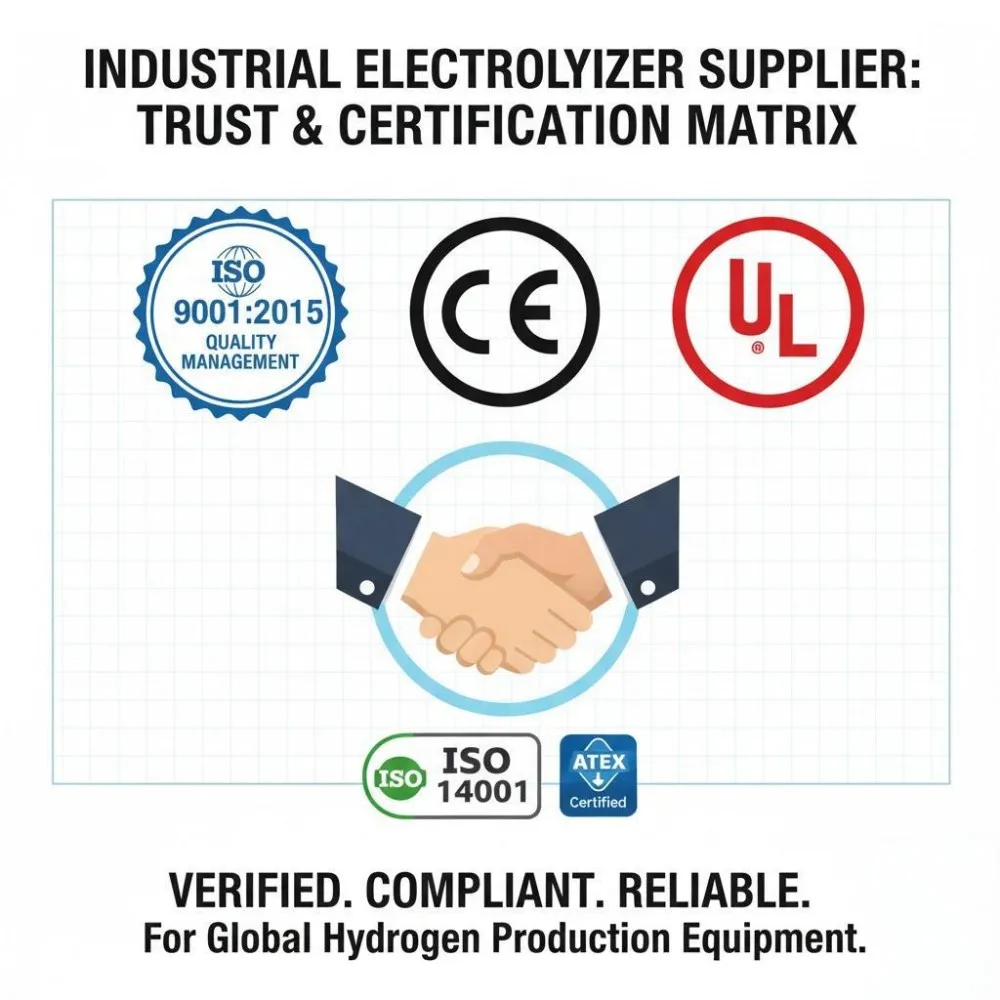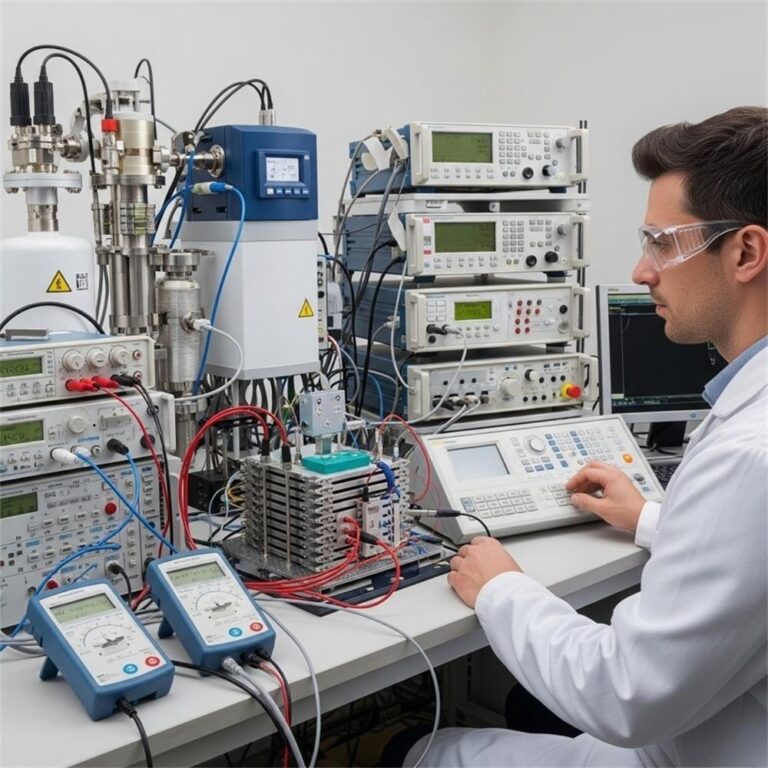ShorPortable Oxyhydrogen Generators: Green Energy & Fuel Savings Explainedt Description:
Discover how portable oxyhydrogen generators offer green, energy-saving solutions for various applications. Explore the technology, benefits, and find the perfect generator for your needs.

I. Introduction to Portable Oxyhydrogen Generators
As the world shifts toward sustainable solutions, portable oxyhydrogen generators have emerged as innovative devices for green energy savings. These compact systems harness the power of water, transforming it into a clean and efficient fuel source through a process called electrolysis. Lightweight, easy to use, and eco-friendly, they’re making waves in industries from metalwork to home energy solutions.
People are increasingly looking for alternatives to fossil fuels. Oxyhydrogen offers a unique edge—it’s not only renewable, but also burns without releasing harmful emissions. When combined with portability, these generators become a versatile tool for professionals and eco-conscious consumers alike.
But why choose a portable oxyhydrogen generator over other green tech? The answer lies in their efficiency, safety, and the growing number of real-world applications proving their value.
II. How Portable Oxyhydrogen Systems Work
The Science Behind Oxyhydrogen Generation (Electrolysis)
At the heart of oxyhydrogen technology is electrolysis—a chemical process that splits water (H₂O) into its base elements: hydrogen (H₂) and oxygen (O₂). When electricity passes through water, these gases are separated and collected. Once combined and ignited, they produce a high-temperature flame ideal for various tasks.
Key Components and Their Functions
A typical portable oxyhydrogen generator includes:
- Electrolytic cell: Where the water-splitting occurs.
- Water tank: Supplies water for electrolysis.
- Power source: Usually a battery or external power input.
- Gas separator: Ensures pure oxyhydrogen mix.
- Flow meter and safety valves: Maintain proper pressure and flow.
These parts work together seamlessly to produce energy on-demand—without storing explosive gases.
The Process from Water to Energy
- Fill the tank with distilled water and electrolyte (often KOH or NaOH).
- Turn on the device to activate electrolysis.
- Oxyhydrogen gas is produced and guided through tubing.
- The gas is ignited at the nozzle, generating a precise, high-heat flame.
This self-contained process allows for instant fuel production, making the system highly efficient and user-friendly.
III. Energy Savings Potential
Comparing Oxyhydrogen to Traditional Energy Sources
Traditional energy sources like propane, acetylene, and fossil fuels are not only polluting but expensive over time. In contrast, oxyhydrogen generators:
- Use water as fuel (abundant and cheap)
- Require less energy input to create effective output
- Reduce carbon emissions to zero during operation
Quantifying Energy Savings in Different Applications
For example:
- Welding shops using oxyhydrogen save up to 30–50% in gas costs annually.
- Cleaning units employing oxyhydrogen burners reduce electricity usage by 20%.
- Household heating units powered by hydrogen show 15–25% efficiency boosts.
Long-Term Cost-Effectiveness
Although the initial cost of a portable hydrogen generator may be higher than traditional tools, the ROI (Return on Investment) becomes evident within months. Savings on fuel, maintenance, and environmental compliance stack up quickly.
IV. Applications of Portable Oxyhydrogen Generators
Welding and Cutting Applications
Oxyhydrogen generators produce flames exceeding 2800°C—perfect for precision welding and metal cutting. Industries like automotive repair, plumbing, and metal fabrication benefit from the clean and concentrated heat.
Heating Applications
In remote or energy-scarce regions, these generators are used for water heating, space heating, and even cooking. Their portability ensures they’re ideal for off-grid solutions.
Cleaning Applications
Oxyhydrogen is widely used for carbon cleaning in engines, thanks to its ability to safely remove carbon deposits without dismantling components. This not only extends engine life but also boosts fuel efficiency.
Other Innovative Uses
- Jewelry making: Delicate flame control for fine metalwork.
- Glasswork: Smooth, clean flames ideal for shaping and sealing.
- Medical tools sterilization: Using heat without toxic residue.
V. Safety Features and Considerations
Built-in Safety Mechanisms
Modern units come with:
- Backfire arrestors
- Overpressure protection valves
- Automatic shutoff systems
These features minimize the risks associated with hydrogen gas use.
Safe Handling and Storage
Always use distilled water and recommended electrolytes. Never store gas—produce and use it instantly. Follow manufacturer guidelines for maintenance and checks.
Certifications and Standards
Top models meet ISO, CE, and RoHS certifications, ensuring compliance with global safety and quality standards.
VI. Product Comparisons: Choosing the Right Generator
Factors to Consider (Size, Output, Portability)
When choosing your generator, consider:
- Gas output (liters/min)
- Weight and size
- Power source compatibility
- Ease of use and maintenance
Top Brands and Models on the Market
Some well-reviewed models include:
- HHO Plus Pro Series
- HydroStar HHO Kit
- OH200 Portable Oxyhydrogen Welder
Each has its unique features, suited to different needs—from DIY enthusiasts to professionals.
User Reviews and Testimonials
Most users praise:
- Significant fuel cost reductions
- Low noise operation
- Fast heat-up time
- Minimal environmental impact
VII. Conclusion: The Future of Portable Green Energy
Portable oxyhydrogen generators represent the next step in green technology. With their compact design, low operational costs, and multi-industry applications, they are an increasingly smart choice for environmentally conscious energy use.
As innovations in hydrogen storage, fuel cells, and renewable electrolysis continue to evolve, expect these devices to become even more powerful and widespread.
Ready to go green? It’s time to embrace the revolution with a portable oxyhydrogen generator.
Frequently Asked Questions (FAQs)
1. What is an oxyhydrogen generator used for? It’s used for welding, cutting, heating, cleaning, and even energy generation—anywhere a hot, clean flame is required.
2. Is using hydrogen gas safe? Yes, modern units include multiple safety features. When used as directed, they are very safe and stable.
3. How much water does a generator consume? Typically, 1 liter of water can generate around 1860 liters of oxyhydrogen gas—more than enough for small jobs.
4. Can these be used for cars or trucks? Some HHO kits are designed to supplement fuel in vehicles, but results vary. Always consult experts before installing.
5. Are there any emissions? The only byproduct of combustion is water vapor—completely emission-free.
6. What is the lifespan of a portable generator? With proper maintenance, many units last 5–10 years or more.







